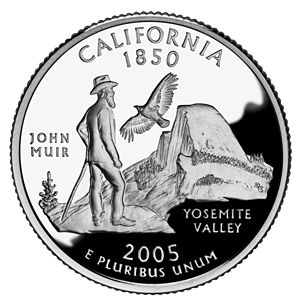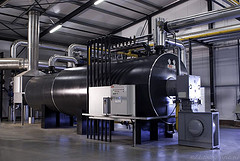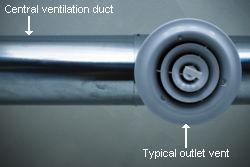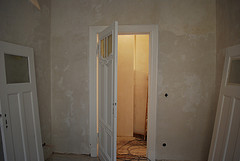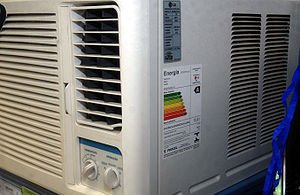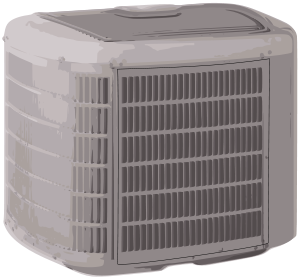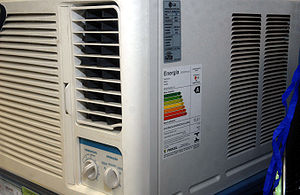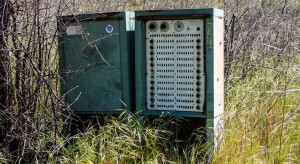Since California is a benchmark for the rest of the country with regard to cap-and-trade and other environmental procedure and policy, it seems fitting that a new group has formed to help retain it’s reputation. Newly formed, CODA (Compliance Offset Developers Association) strives to help people needing assistance with regulatory and compliance-based issues with their projects.
Mainly project developers will use CODA, in addition to the already formed ARB (Air Resources Board) and the like to determine was of moving around the offset market when pursuing present and future endeavors. Since many millions of offsets (approximately 200) will be anticipated by the year 2020 it is important for groups such as CODA to exist. This allows for transparency and ease of understanding complex issues in the arena of heavily regulated industries that these very groups serve.
CODA-a new Compliance Association seeks to Support California’s Cap-and-Trade Program. #carbonmarkets #carbonoffsets http://t.co/UliudWvwUn
— EcoMarketplace (@EcoMarketplace) July 1, 2013
How CODA will support California? Find out here – http://r-22-refrigerants.blogspot.com/2013/07/new-compliance-association-unites.html
